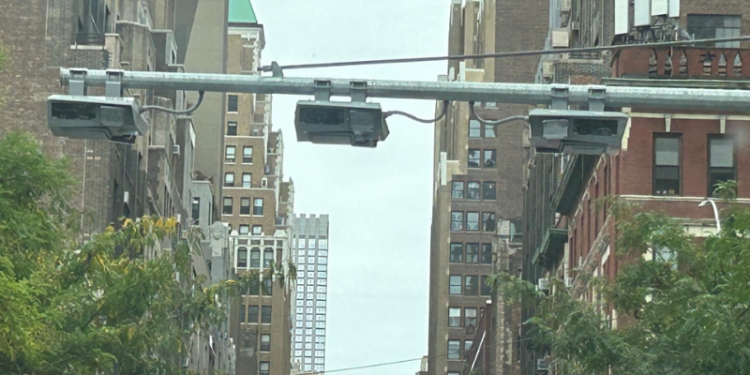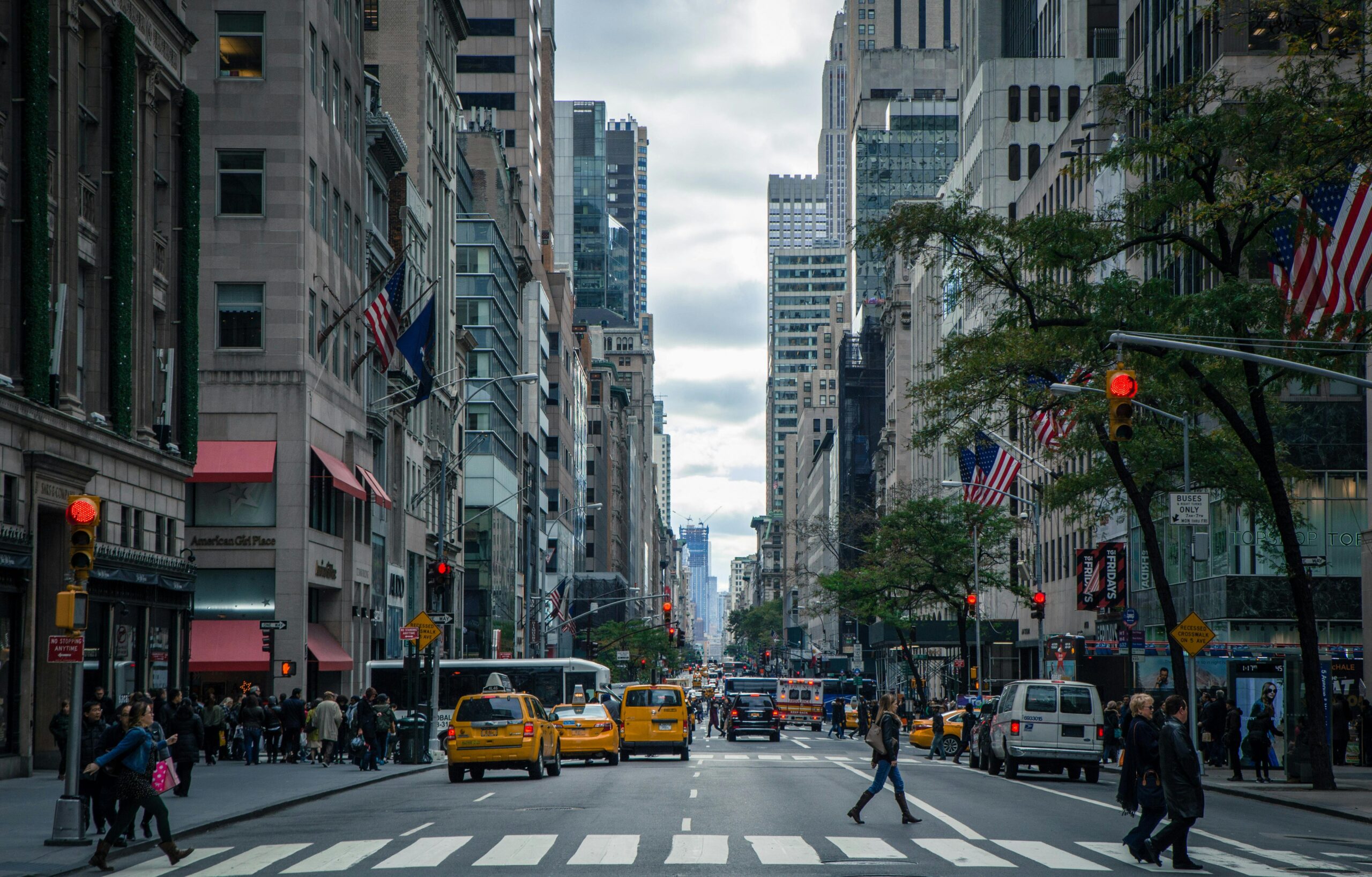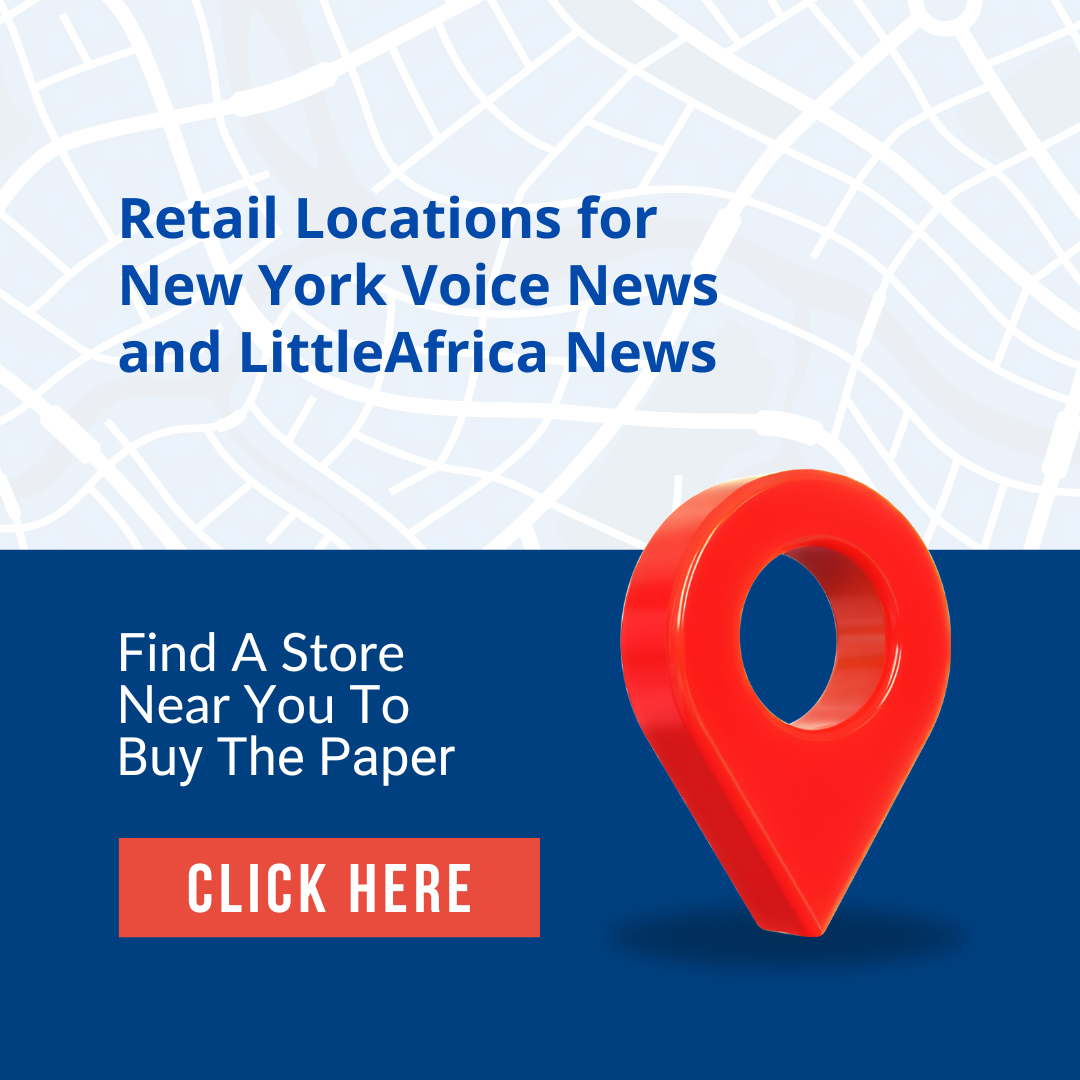On Thursday, November 14, it was reported that New York City’s $9 congestion pricing plan is set to begin on January 5, 2025. The toll, a first in the United States, applies to vehicles entering Manhattan below 60th Street during peak hours. Governor Kathy Hochul revised the initial $15 toll proposal to $9, aiming to balance affordability with environmental and traffic-reduction goals.
The toll will be collected using E-ZPass transponders and plate readers, with non-E-ZPassdrivers billed at higher rates. Fees vary by vehicle type: motorcycles pay $4.50, small trucks $14.40, and large trucks $21.60. Discounts are available for low-income commuters earning under $50,000 annually, offering a 50% reduction after 10 trips in a calendar month. Overnight tolls, from 9 p.m. to 5 a.m., are reduced by 75%.
Exemptions include emergency vehicles, public transit buses, and certain government vehicles. Taxis and rideshare drivers will face per-ride fees of $0.75 and $1.50, respectively. The program aims to alleviate gridlock, improve air quality, and generate $15 billion to fund the Metropolitan Transportation Authority’s (MTA) 2020-2024 capital plan.
Revenue from the toll will support projects such as subway signal upgrades, additional station elevators, and the Second Avenue subway extension. MTA officials emphasize that these initiatives will enhance transit reliability and accessibility. Hochul described the toll as a necessary step toward a more sustainable and efficient city.
Critics argue that the toll is a financial burden on suburban and low-income drivers, while others question the MTA’s financial management. Several lawsuits challenging the program are ongoing, and President-elect Donald Trump has vowed to oppose the toll, labeling it a “regressive tax.” Legal challenges may delay or alter the program’s implementation.
Supporters of congestion pricing highlight its potential to reduce emissions and improve public transportation. As New York City leads this initiative, its outcomes may influence similar policies in other metropolitan areas nationwide.









